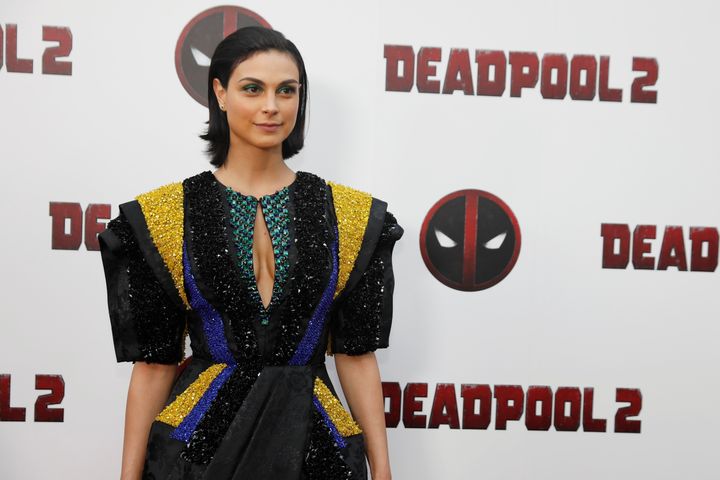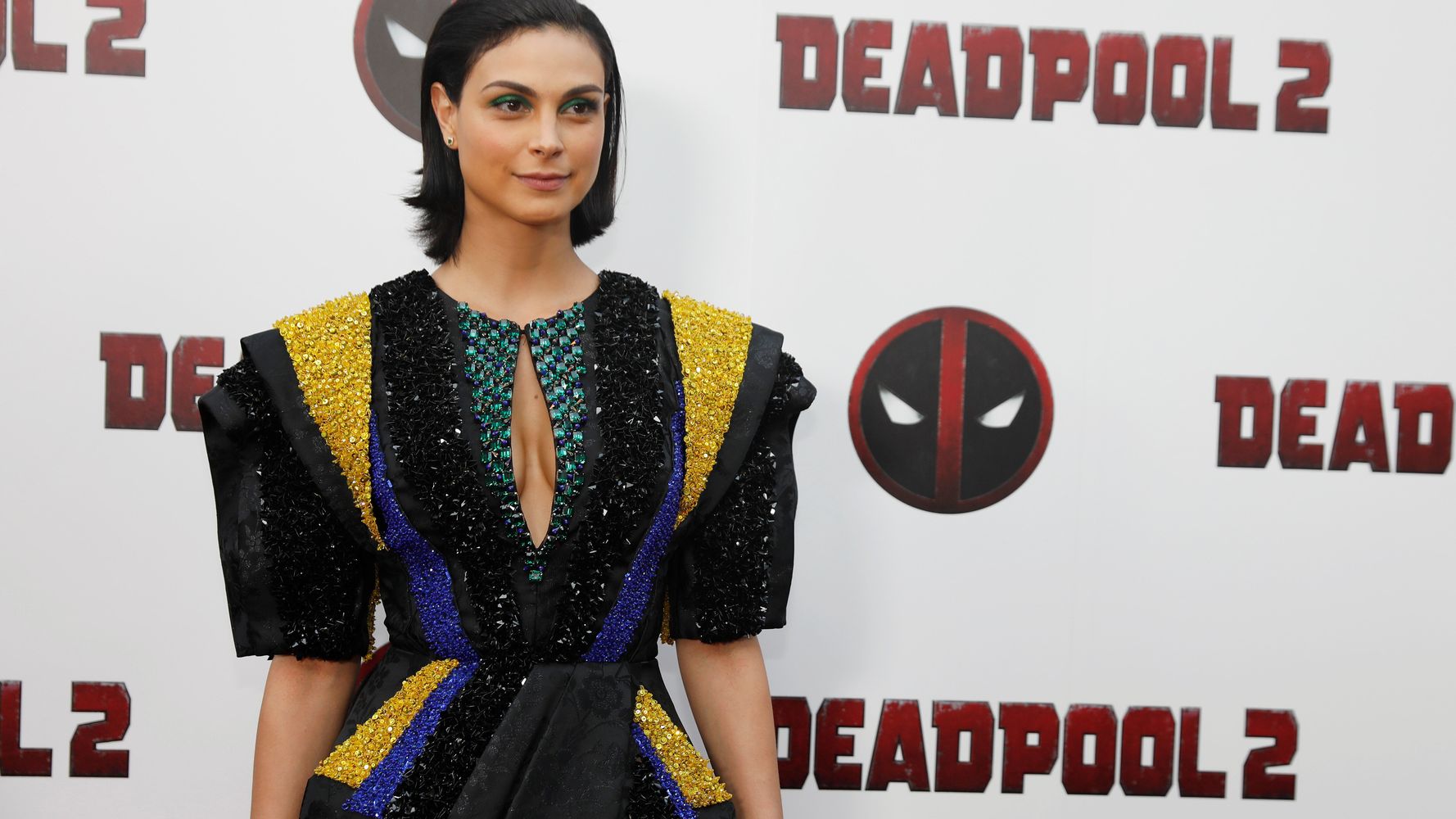[ad_1]
A cadre of creators expressed their grievances Thursday over many of the stereotypical ways that female and nonbinary characters are often depicted ― highlighting tropes like the “nagging mom,” the “tough chick” and the “sexy lamp character,” as well as the tendency to treat abuse as a mere plot device.
During a panel for Comic-Con@Home ― which would have taken place in San Diego, but is being held online this week due to the coronavirus pandemic ― comedian and podcast host Dani Fernandez cited examples from “Family Guy” and “The Simpsons” while calling out the stereotype of the nagging mother, a cliché on network television and elsewhere.
“You pair her with the dumb dad,” Fernandez said. “The dumb dad is the Peter Griffin, the Homer Simpson… They get to always have the punchline… and what happens is it makes the mom the naggy, wet blanket [who’s] not able to partake in the fun.”
Fernandez said this character type “feeds the narrative that women aren’t funny,” and that it often comes up in writer’s rooms that are “heavily men.”
DC Universe writer Tamara Brooks ― another member of the panel, which was called “The Most Dangerous Women at Comic-Con: Building a Better Heroine” ― pointed out that this trope also appears in big-budget movies. She cited the stern character of Gamora (Zoe Saldana), who becomes romantically entwined with wisecracking male protagonist Peter Quill (Chris Pratt) in Marvel’s “Guardians of the Galaxy” films.
Hugo Award winner Charlie Jane Anders and Diya Mishra, writer for the upcoming Netflix revival of “Masters of the Universe,” said the “super tough badass female character” who lacks other traits is also bothersome.
“There’s always that episode where she breaks and she has to show softness, and that scene is the character development,” Mishra said. “She could be soft in other ways. She doesn’t need to break through that badass-ness, that strength. It doesn’t need to be one or the other.”
Katrina Hill, a co-author of the book “100 Greatest Graphic Novels,” brought up another underdeveloped character type that she called the “sexy lamp character” ― where “you can basically replace the female character with a lamp and it wouldn’t change the story at all.”
All of the women on the panel agreed that one of the “biggest red flags” involves killing off a female character to further the development of a male protagonist. This device is often called “fridging,” named after a 1994 “Green Lantern” comic where the hero enters a house to find his girlfriend chopped up and stuffed into a refrigerator.
Salon senior culture editor Hahn Nguyen argued that the rape and gratuitous torture of female characters is “sloppy and lazy writing.” Brooks said she was “shocked” to see the character Vanessa (Morena Baccarin) get fridged in 2018’s “Deadpool 2,” particularly because the first “Deadpool” movie had taken pains to establish Vanessa as a fleshed-out figure who was central to the narrative.

“It’s just triggering to me that our death and pain, or being maimed, is necessary for men to seek revenge or go off on their journey,” Fernandez said.
The women on the panel did point out some positive examples of representation that avoided these pitfalls. They highlighted Okoye (Danai Gurira) in 2018’s “Black Panther” and Sailor Jupiter from the ’90s anime “Sailor Moon” as great examples of characters who were both soft and tough ― but above all else, fully developed and relatable.
Watch the full panel below.
Calling all HuffPost superfans!
Sign up for membership to become a founding member and help shape HuffPost’s next chapter
[ad_2]
Source link

